For picture perfect coves, lush landscapes and tranquil waters, head to the Balearic Islands. Popular with travellers from all over the world, each of the four main islands offers a distinct experience. InSpain’s guide to the Balearic Islands gives you an overview of Mallorca, Ibiza, Menorca and Formentera.
There are many ways to enjoy the islands, making the Balearics a fantastic destination for every type of holidaymaker. Relax in idyllic surroundings of peace and quiet or dance the night away in the islands’ clubs and bars. Wander the streets of quaint fishing villages, hike in the beautiful natural landscape or take to the water for a choice of sports.
Mallorca
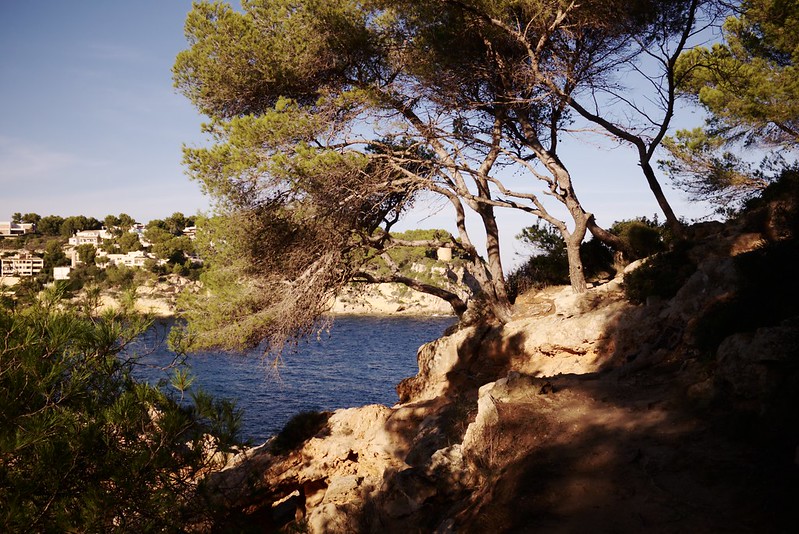
Nature, sports, beaches, underground grottos and charming villages – Mallorca has so much to offer.
Culture
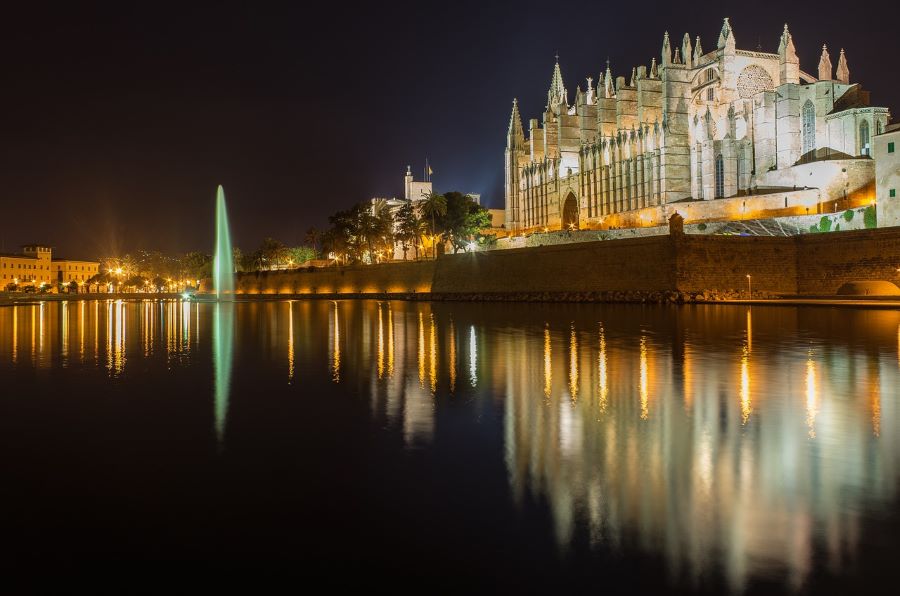
Palma, the capital of Mallorca is a beautiful historical town. The Gothic cathedral, La Seu, rises over the sea. Restored by Antonio Gaudí, it also contains a spectacular mural created by Miquel Barceló. Close by is the Almudaina, another beautiful Gothic monument.
For an incredible view of the island, climb up to the Gothic style Bellver Castle. Around 3 kilometres from the historical town centre, it is one of very few round castles in Europe.
If you’re a fan of surrealist art, you can see some of Miró’s lesser-known paintings, in the Pilar y Joan Miró Foundation.
Nature
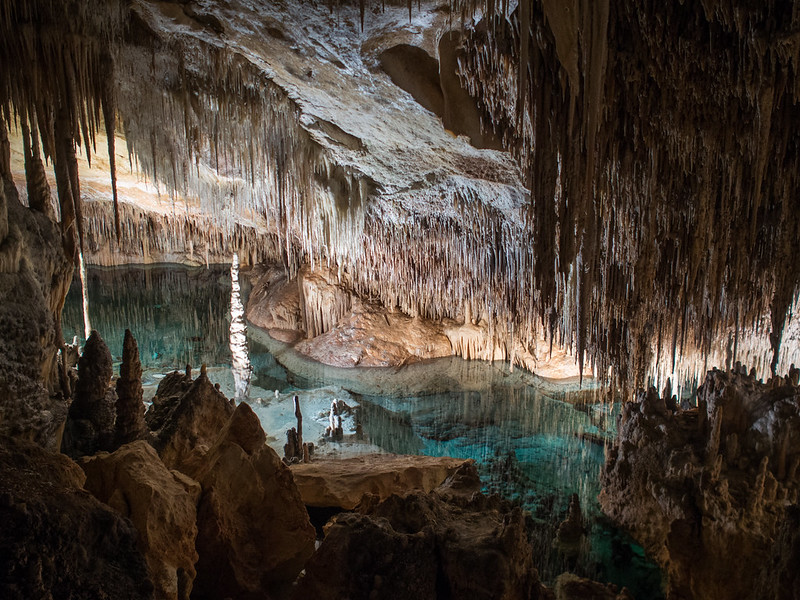
Natural beauty is everywhere you look on Mallorca. Some of the best wonders are underground in grottos over 5,000 years old.
Take a boat across Lake Martel in the Drach caves. In the Els Hams caves there are some incredible rock formations: the Plains of Fra Mauro, the foso del infierno (hell’s pit) and the mar de Venecia (Sea of Venice), an underground lake. In the Artá caves, located in the Capdepera cliffs, there are Gothic constructions and monsters in the vast caverns.
The Sierra de Tramontana Nature Reserve is the largest protected area in the Balearic Islands. Take the hundred-year-old railway from Palma to Sóller before boarding a wooden tramcar. If you like to actively explore the natural surroundings then you can hike the Ruta de Piedra Seca route.
For divers, Mallorca is heaven under water with several Marine Reserves, including the Bay of Palma, Llevant and Migjorn de Mallorca.
Beaches
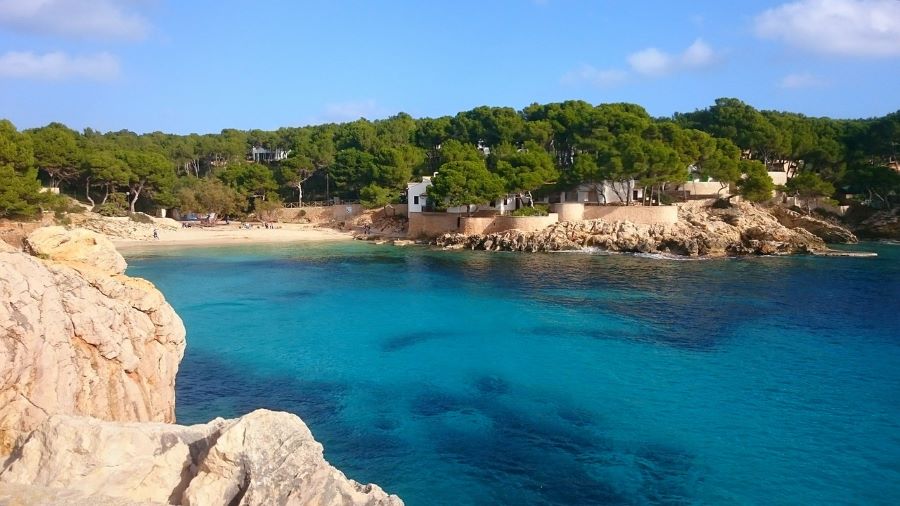
In the Bay of Palma, there are several beaches to choose from. S’Arenal, has a long, palm tree-lined seafront promenade, while the Oratori de Portals (or Cala Portals Nous) is one of the most popular and easy to access.
One of the largest beaches in the Balearic Islands, is the Playa de Alcúdia. For an out-of-town beach, make your way to Portals Vells, in the Calviá district, a pretty cove with clear waters surrounded by pine trees.
Menorca
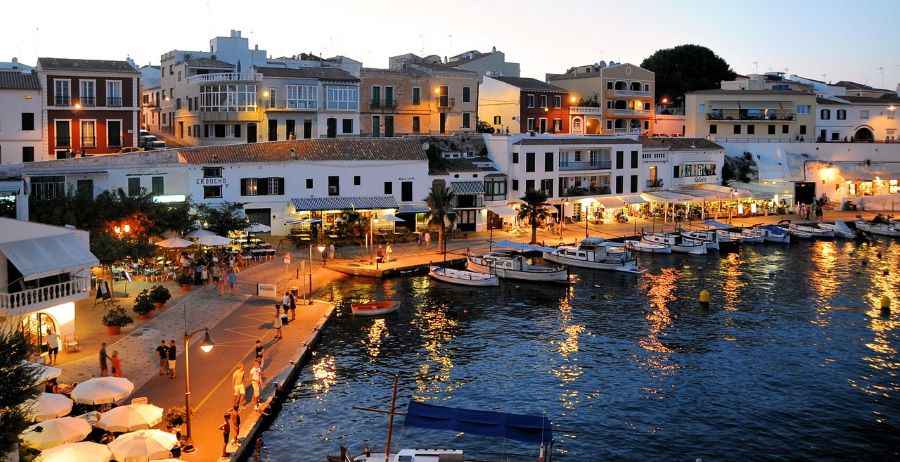
Menorca is the island for relaxation and nature. It is a Biosphere Reserve with idyllic coves and beaches. It’s great for exploring on foot or bike.
Culture
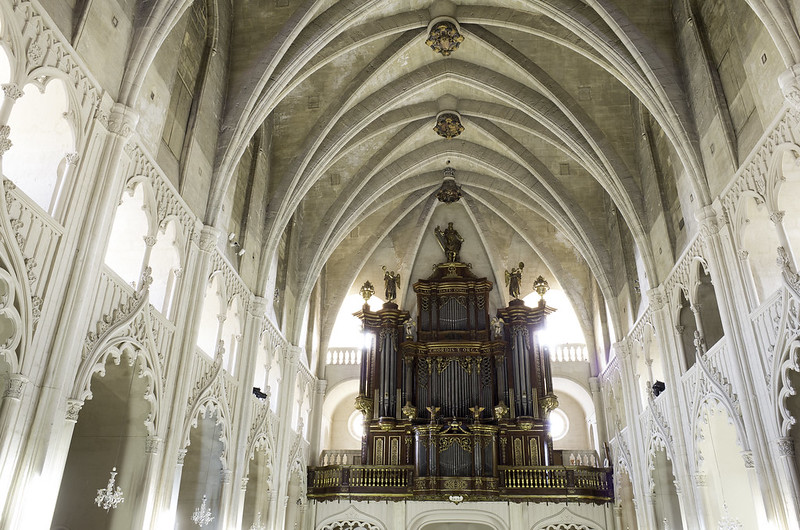
Ciutadella de Menorca, once the capital of the island, has palaces, medieval buildings and narrow, cobbled streets. The tower of the Castle of San Nicolás is eye catching. In the historical town centre, you’ll find an architectural complex: The Catalan Gothic Cathedral of Santa María.
For a glimpse of the island’s history, visit the Municipal Museum on the Bastión de Sa Font.
In the east of the island, take a trip back to pre-historic times at the Trepucó Talaiotic settlement. It has one of Europe’s oldest and best-preserved taulas. Even older is the Torre d’en Galmés, a Pre-Talaiotic settlement with circular dwellings and the remains of a water collection system.
Mahón, is the island’s current capital. Situated at the eastern end of the island it is on one of the world’s largest natural harbours. Visit La Mola, a typical polygonal German-style fortress; the Menorca Museum with finds from the archaeological digs; and the Church of Santa María with its neo-Gothic interior.
Nature
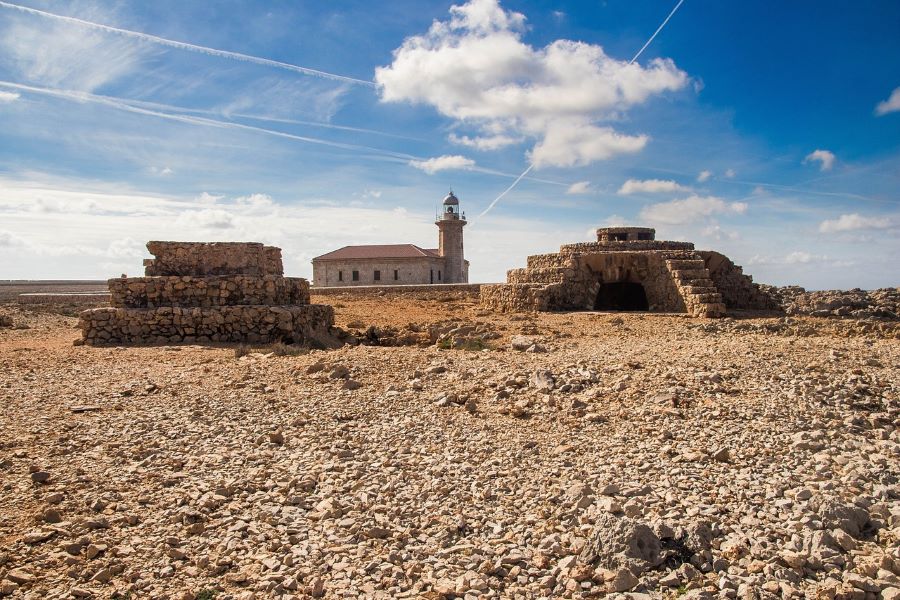
There are three routes to explore the jewel in the Balearic’s natural crown, s’Albufera des Grau Nature Reserve. You’ll discover unspoiled beaches and cliffs, lagoons, megalithic buildings and perhaps Lilford’s wall lizard sunning itself. Head off on foot, by bicycle or on horseback.
For watery fun, dive into Menorca’s waters and discover its amazing seabeds.
Beaches
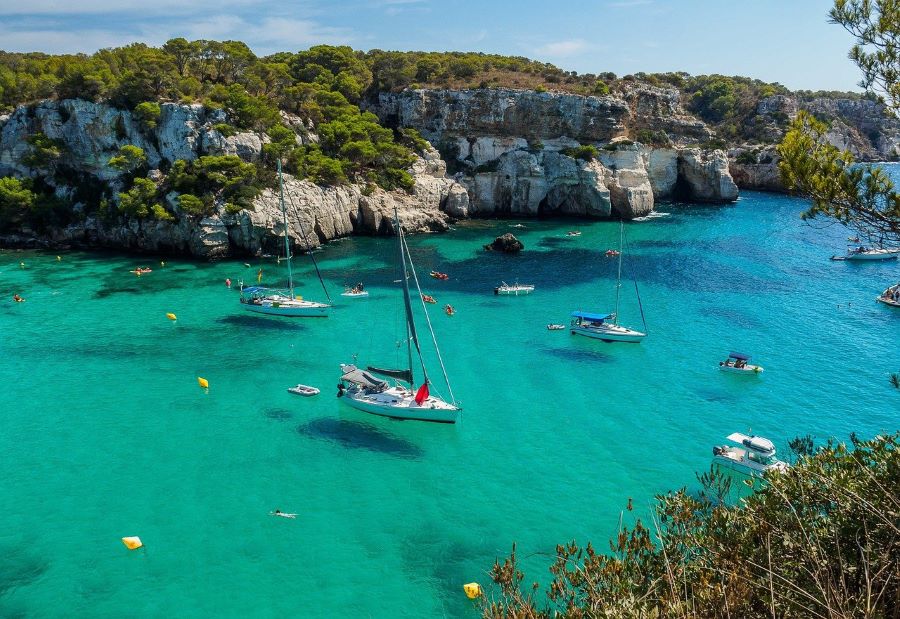
Menorca has more coastline than Mallorca and Ibiza combined. There are over 70 beaches to choose from. In the south, many beaches have fine, white sand and crystal-clear waters, like Macarelleta, one of the most popular nudist beaches. Cala Turqueta hides it charms behind a pinewood, while Cala Blanca and En Forcat are ideal for sunbathing and diving.
The beaches in the north of the island have reddish sand. Playa de Binimel-là in the northern Marine Reserve is surrounded by dunes, while Playa de Cala Morell has artificial rock platforms ideal for sunbathing.
Ibiza

Ibiza (Eivissa in Catalan), known for its party nights, has sandy beaches and crystal-clear waters, and a culture and biodiversity recognised by the UNESCO.
Culture
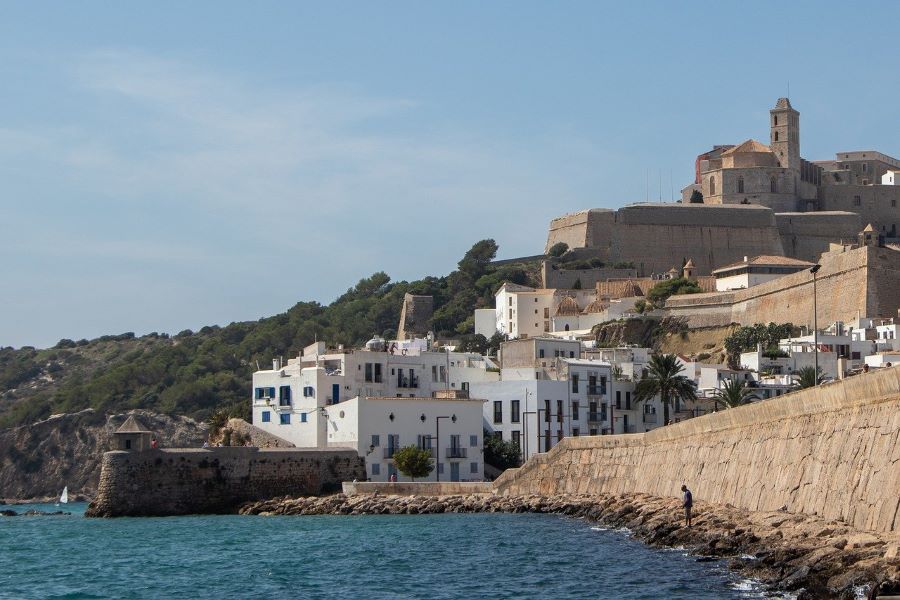
From high in the historical old town of Dalt Vila in the capital city of Ibiza, you can take in amazing panoramic views. It is surrounded by Renaissance city walls built to protect the town against pirates. Of the five access gates, the Portal de ses Taules, next to the Mercado Viejo or Old Market, is the most impressive.
The Cathedral of Santa María de las Nieves, built over the old Moorish walls, is Catalan Gothic style with a Baroque nave. On top of the Puig de Vila hill stands the Almudaina Castle with a medieval keep.
Modern art lovers should pop into Ibiza’s Museum of Contemporary Art (MACE). For an insight into the evolutionary history of the city, the Madina Yabisa Visitor Centre has a great audio-visual model.
A must-see is the Monographic Museum and Punic Necropolis in Puig des Molins. The Phoenician-Punic cemetery is one of the best preserved in the world with over 3,000 tombs.
Seeking a seventies hippie vibe? Then the bustling, open-air street markets at Port of Ibiza and Las Dalias Hippy Market in Sant Carles will transport you back there.
Nature
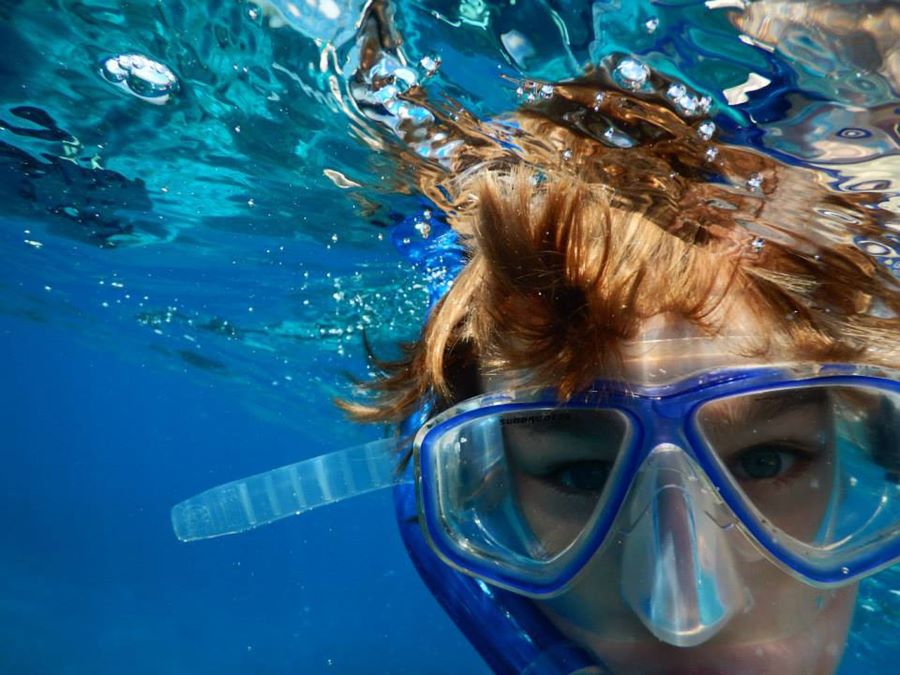
Ibiza is perfect for diving, hiking and mountain-biking. From the beach you get a wonderful view of the islands of Es Vedrà and Es Vedranell in the Cala ‘Hort, Cap Llentrisca y Sa Talaia Nature Reserve.
The Ses Salines Nature Reserve stretches from the south of Ibiza to the north of Formentera and includes the strait which separates the two islands. The seabed is home to fields of posidonia oceanica, a seagrass vital for marine life.
Beaches
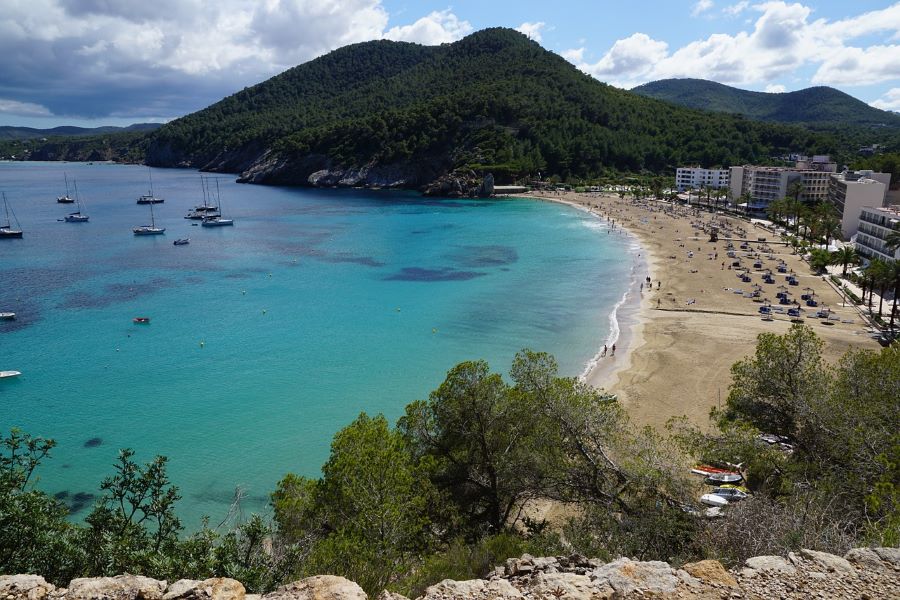
Ibiza Town has two town beaches with facilities including sun loungers and parasols for hire, lifeguards and showers: Ses Figueretes and Talamanca. The long Playa d’en Bossa beach, which is in the municipal district of Eivissa provides the same facilities.
There are plenty of little coves scattered along the island’s coastline to enjoy.
Formentera
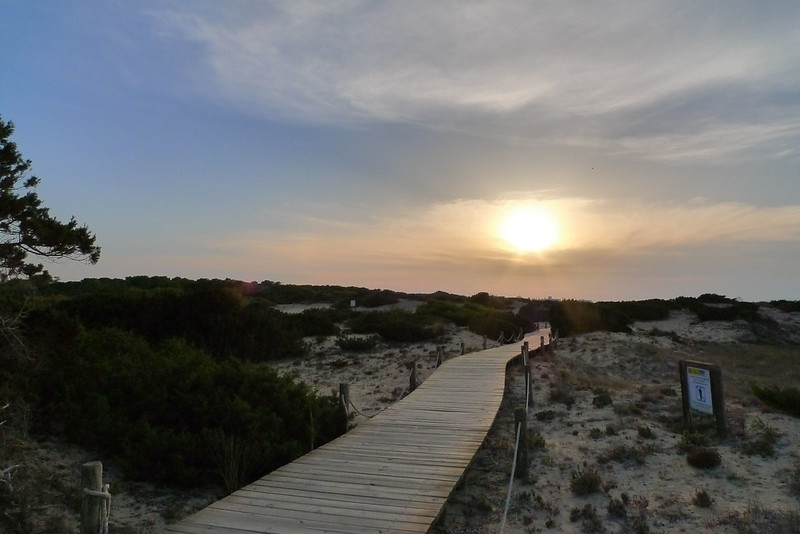
The smallest of the four main islands, Formentera is famous for its white, sandy beaches lapped by turquoise waters.
Culture
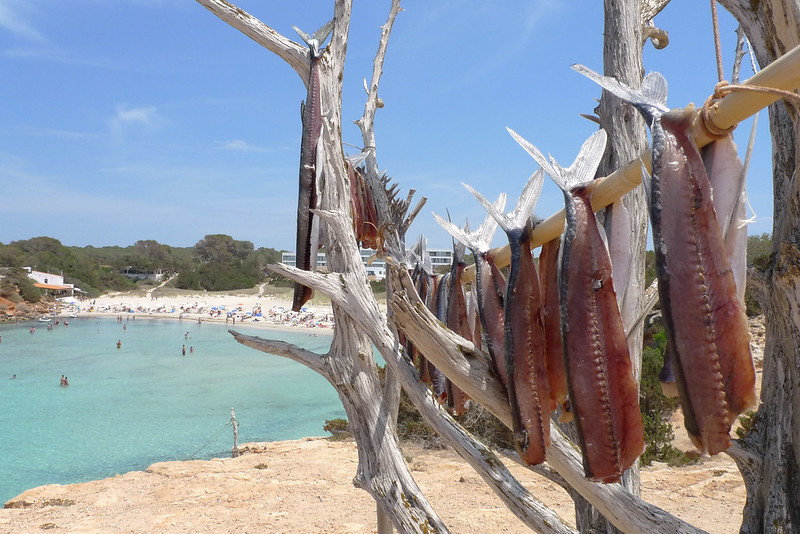
Stop off at delightful little villages like Sant Ferran de ses Roques and Pilar de la Mola. Sant Francesc Xavier, the capital of the island, has shops and restaurants around the square with a church which used to be a refuge against pirate attacks.
The iconic lighthouses can be found at the Cap de Barbaria, the southernmost point in the Balearic Islands, and La Mola, in the east.
Try the delicious local cuisine, including peix sec (dried fish), the cottage cheese and the herbal liqueur, de hierbas.
Nature
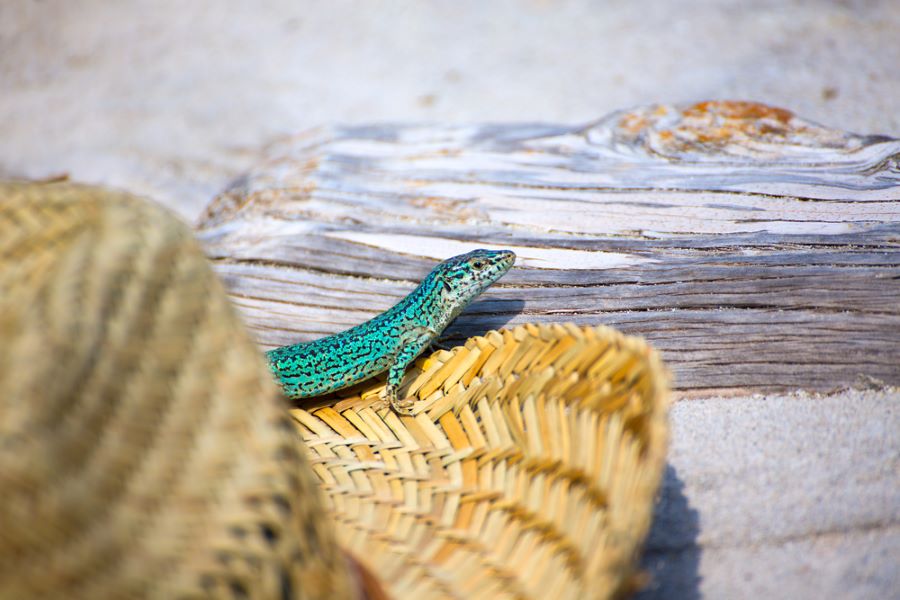
The island, only 19 kilometres from one end to the other, has lagoons, dunes, salt pans, caves and woods full of juniper and pine trees. Perfect for hiking, horse riding or cycling. There are 30 green routes, most of them accessible by bike.
Beaches
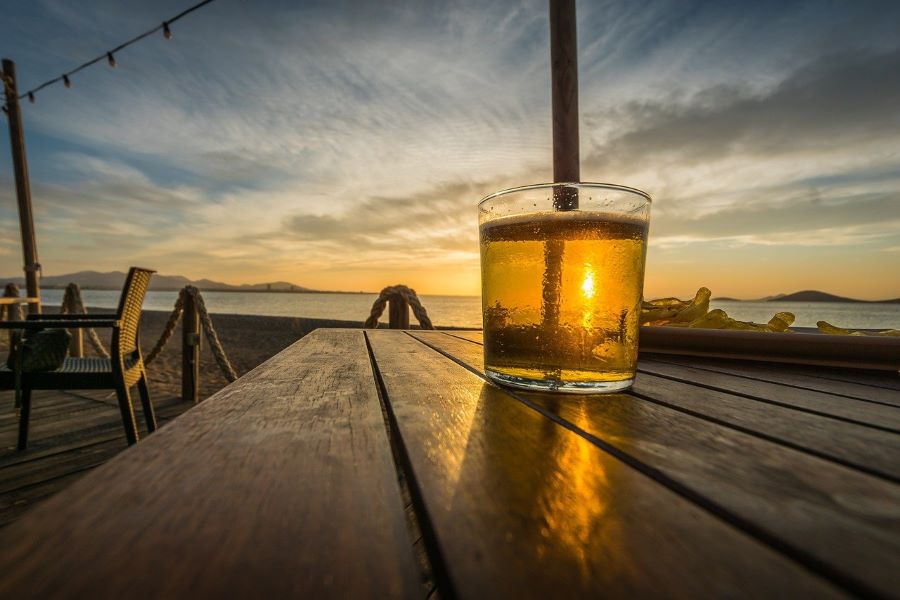
In the north is Ses Illetes, one of the best sandy beaches in Europe. Also in the norther is Es Trucadors peninsula, which lies in the heart of the Ses Salines Nature Reserve.
Migjorn in the south is a five-kilometre-long crescent-shaped beach. This is a popular beach for families. Close by is Es Arenals, a long beach with shallow waters and facilities and amenities such as sun loungers and parasols, a windsurf and diving school, restaurants and beach bars. Perfect for a sundowner.
Getting around the islands
BY BUS
There are scheduled bus services. For information on timetables and itineraries, visit the tourist information offices.
BY BICYCLE
There are many well-signposted routes in the Balearic Islands. You can hire a bike in many of the ports, towns and villages.
BY CAR
There are numerous car-rental companies. You can also bring your own vehicle on one of the ferries.
BY FERRY
There are daily ferries interconnecting the islands.


